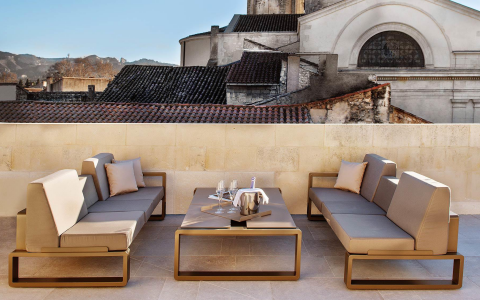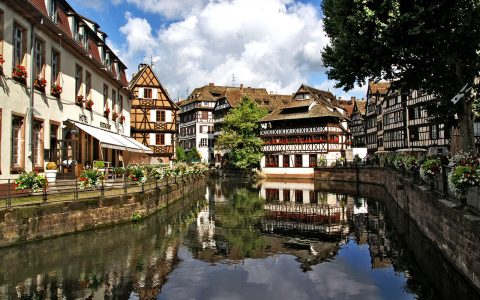In Deep:
What You Need to Know About St-Émilion, Bordeaux
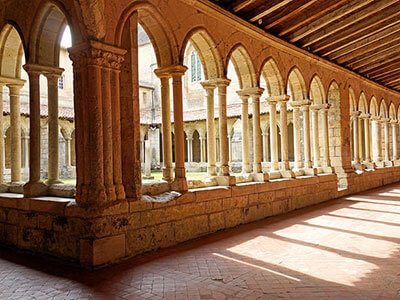 One of the most romantic and photogenic wine communities in all of France, the medieval Bordeaux town of St-Émilion is built on a plateau of limestone that forms the foundation – both literally and figuratively – for the entire town.
One of the most romantic and photogenic wine communities in all of France, the medieval Bordeaux town of St-Émilion is built on a plateau of limestone that forms the foundation – both literally and figuratively – for the entire town.
A City of Secret Chambers
All of its buildings are built from stone quarried out over the centuries, which has left a large network of subterranean passages and chambers that extend under the surrounding vineyards.
Some of these chambers are so large that banquets for hundreds of people have been held in them. In times of war they’ve served as hiding places: in 1793, St-Émilion was a refuge for Bordeaux deputies pursued by republican extremists. One such refugee was Marguerite-Elie Gaudet, who was finally tracked down and executed. (A street in town, Rue Gaudet, is named after her.)
The Miracles of Aemilianus

St. Émilion was named after Saint Aemilianus, who settled here in the eight century. He erected a hermitage and began performing miracles: on January 6, 767 AD, he reputedly restored a blind woman’s sight. Later, the Franciscans and Dominicans founded monasteries near the original hermitage, and St-Émilion was administered jointly by an ecclesiastical chapter and a secular body, the Jurade.
During the 12th and 13th centuries, the main product grown was not wine but cereal crops. During the Hundred Years’ War (1337-1453), St-Émilion suffered extensive damage, but was eventually rebuilt.
Today, the town is a UNESCO World Heritage Site.
Explore 20,000
Years of Culture
We begin our Bordeaux to Dordogne Biking trip in Bordeaux, where the riding is as smooth as a Château Mouton Rothschild (you’ll understand soon enough). Then, it’s eastward to the Dordogne Valley, land of medieval castles, Cro-Magnon cave paintings and exquisite cuisine.
DETAILED ITINERARY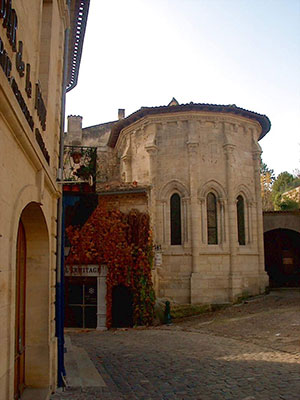 The Hermitage and its Miraculous Spring
The Hermitage and its Miraculous Spring
In the heart of St- Émilion is the hermitage—a small, cross-shaped cave that’s accessed through Chapelle de la Trinité and home to the “hermit’s armchair.”
Look for the tiny spring near the mouth of the cave: legend has it this spring was originally further down the hillside, but miraculously moved position to provide the saint with at least some creature comforts.
As one would expect, the spring’s water is said to have supernatural powers. Lovers wishing to marry before the year’s end should place two pins, arranged in the form of a cross, in the pool of water.
Château Figeac and Château Cheval-Blanc
Château Figeac stands in the middle of a superb park. This 18th c. château actually replaced an earlier building, as is evident in the Renaissance tower and the 16thC medieval doors and windows.With 40 hectares (99 acres) of vineyards, the Château Figeac estate is the largest in St-Émilion.
Cheval-Blanc was originally part of Château Figeac.
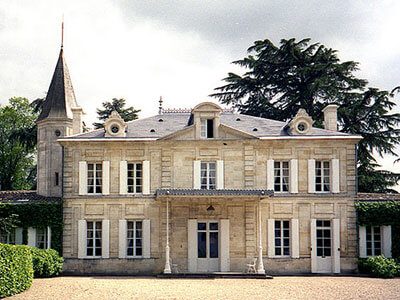 The Figeac estate was abandoned during the French Revolution, and during the days of the Napoleonic Empire its owner pulled up all the vines and planted madderwort in its place.
The Figeac estate was abandoned during the French Revolution, and during the days of the Napoleonic Empire its owner pulled up all the vines and planted madderwort in its place.
When the owner died, his wife faced financial ruin and was forced to sell some of the land, giving rise to Cheval-Blanc. Its château dates back to the 19th century.
These two prestigious wines are unusual in that both are grown in gravelly soil.
The Macarons of St-Émilion
Although the wines of St-Émilion may be more famous, the macarons deserve special recognition as well. In the 17th century, while fundraising for the monastic order, the Sisters of Ursuline, started using a macaron recipe they had acquired from Milan. Since coconut was such a rare and expensive ingredient, they used almonds instead, giving birth to the now famous St-Émilion macaron.
Of course each fabriquant claims to be in unique possession of the original recipe, and each makes a different macaron. You’ll just have to sample them all and decide which one you like best!
Montagne
Montagne is located between Lussac and St-Émilion. It is one of four villages authorized to add the name of its well-known neighbour to its bottles, as it was once under St-Emilion’s authority. This history led to the creation of “Montagne St-Emilion” wine.
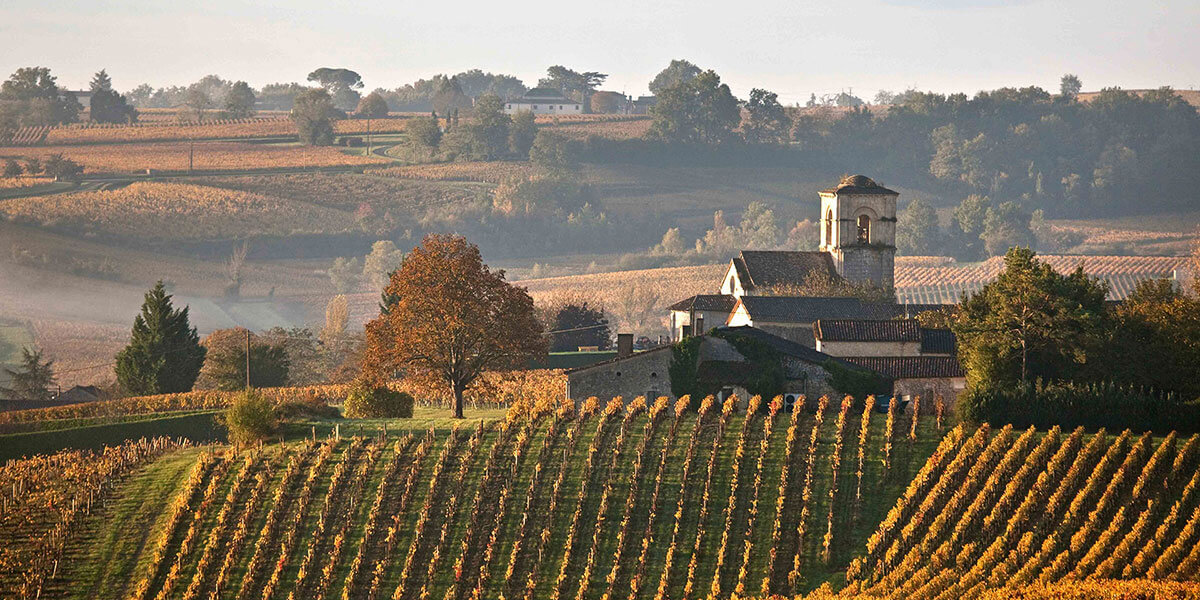
The value of Montagne St-Émilion wines is very high, as the soil and weather conditions are similar to those of St-Émilion, yet prices are not as inflated. The other three towns permitted to use the St-Émilion name are Puisseguin, Lussac and St-Georges.
MORE FROM France + Bordeaux
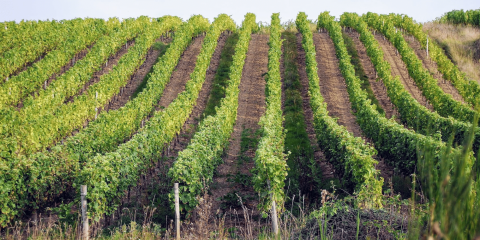
Grape Harvesting in Ventoux
France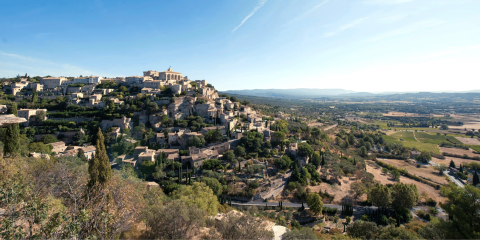
The Top 5 Hiking Routes in Provence and Cote d’Azur
Provence
With Vineyards, Beaches, and Quaint Villages, Île de Ré Is France’s Best-kept Secret
France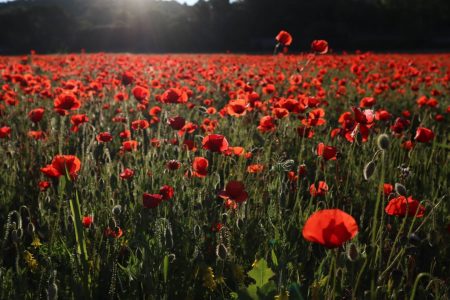
Photo Diary: A Sunday in Provence with B&R Guide Tatjana Buisson
Provence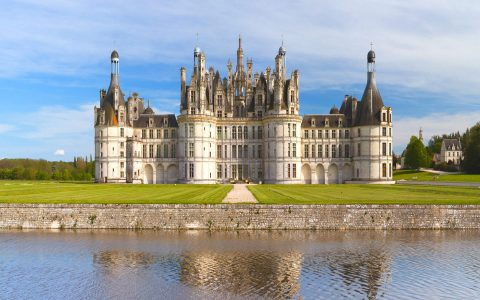
5 Ways to Relive the Renaissance in the Loire Valley
Loire Valley
The Best Luxury Hotels in Paris: From Classic to Contemporary
France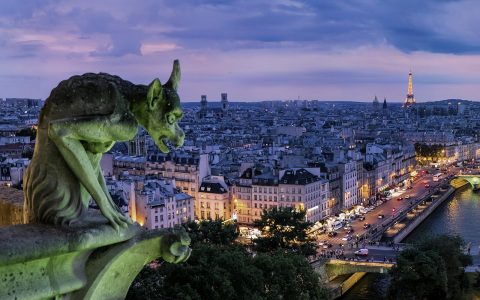
Secrets of the Seine
Île-de-France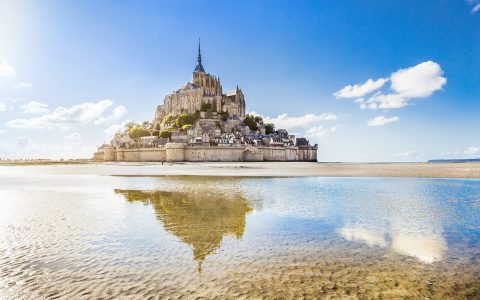
6 Reasons Why You Need to Visit Normandy, France
Normandy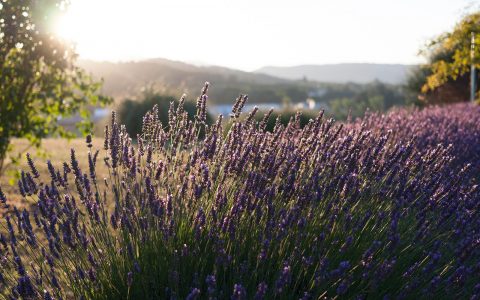
10 Best Markets & Shops in Provence
Provence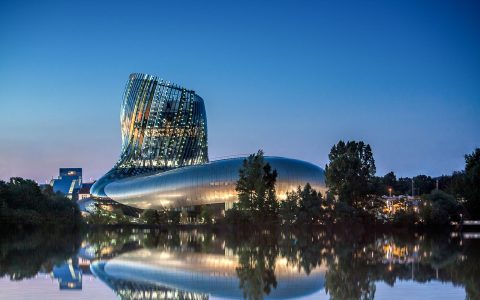
Bordeaux Nouveau: France’s Coolest City Right Now
Bordeaux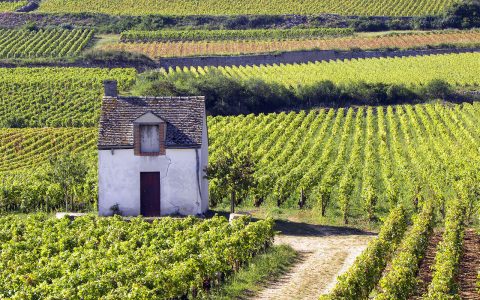
Falling Head Over Heels for Burgundy
Burgundy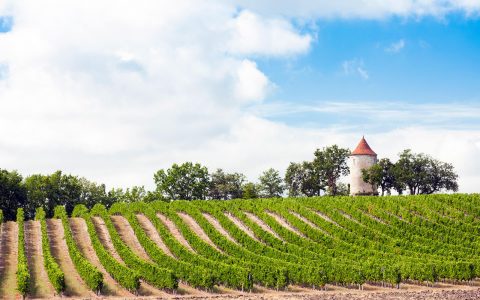
The World’s Best: Top 15 Bordeaux Wines
Bordeaux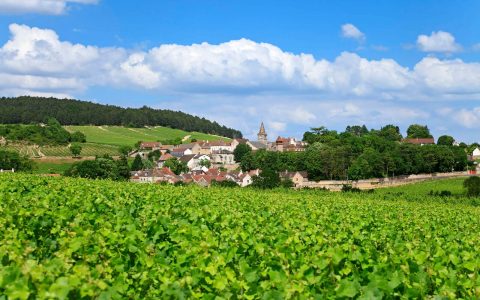
Rediscovering A Classic: Burgundy
Burgundy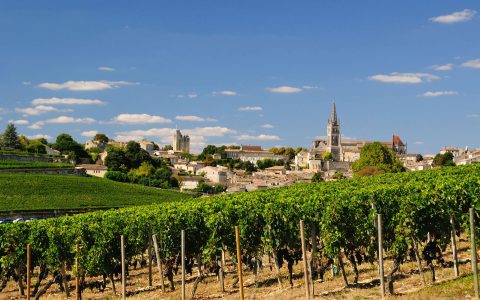
Reading for the Road: Our 5 Favourite Books About Bordeaux
Bordeaux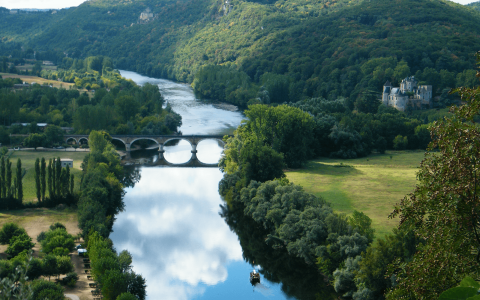
The Pleasures of Southwestern France
Bordeaux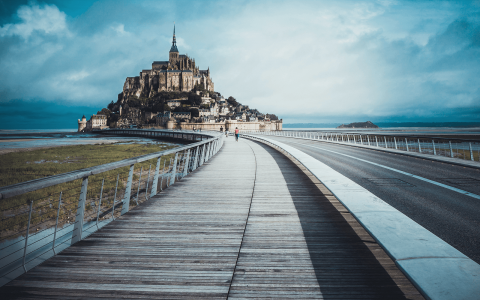
Normandy’s Showstopper: Mont Saint-Michel
Normandy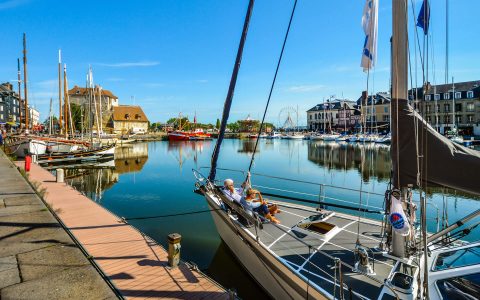
Reading for the Road: Our Favourite Books About Normandy
Normandy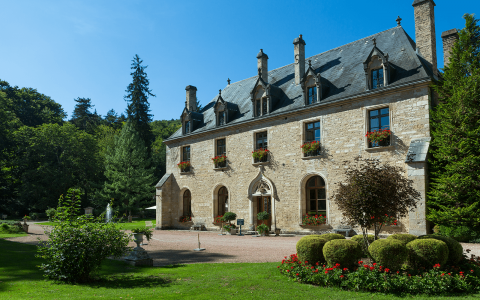
Abbaye de la Bussière: English Hospitality in the Heart of France
Burgundy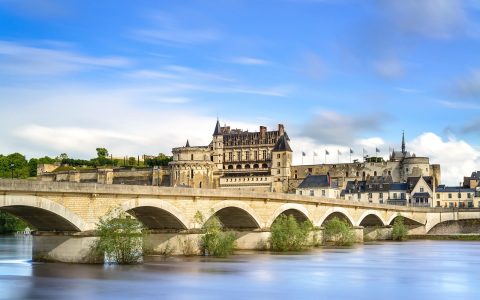
Secrets of the Loire Lifestyle
Loire Valley